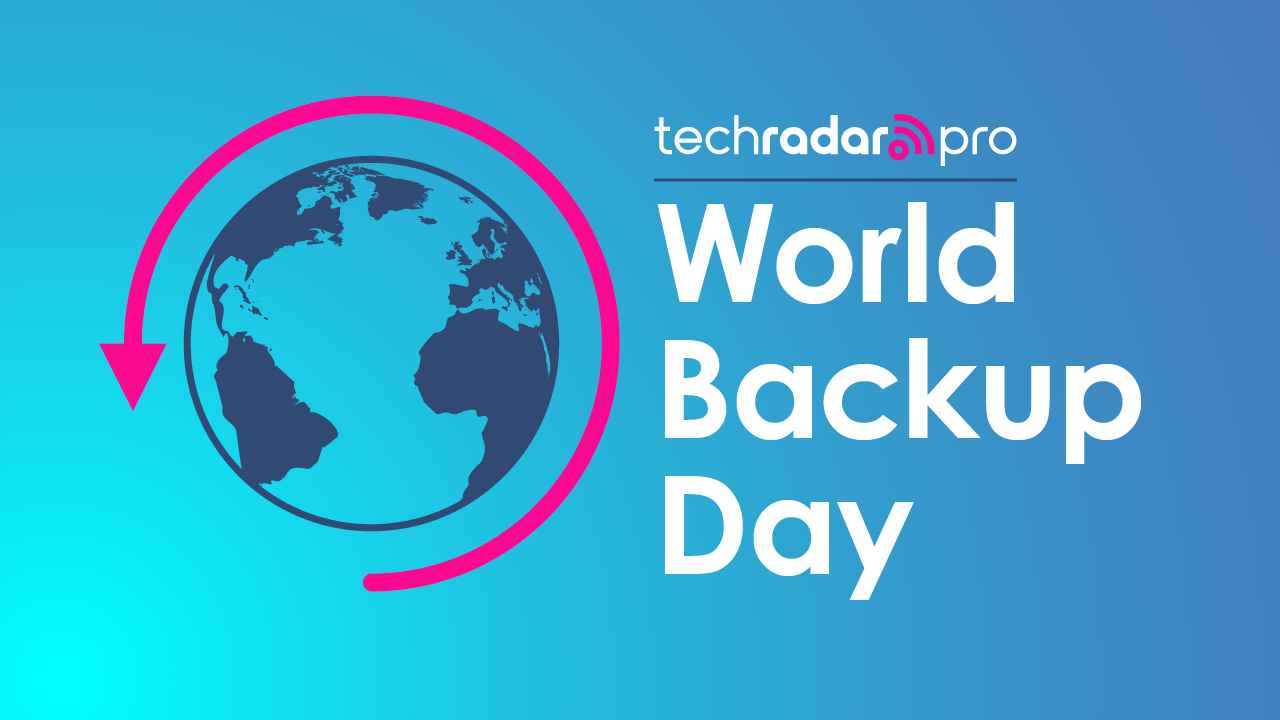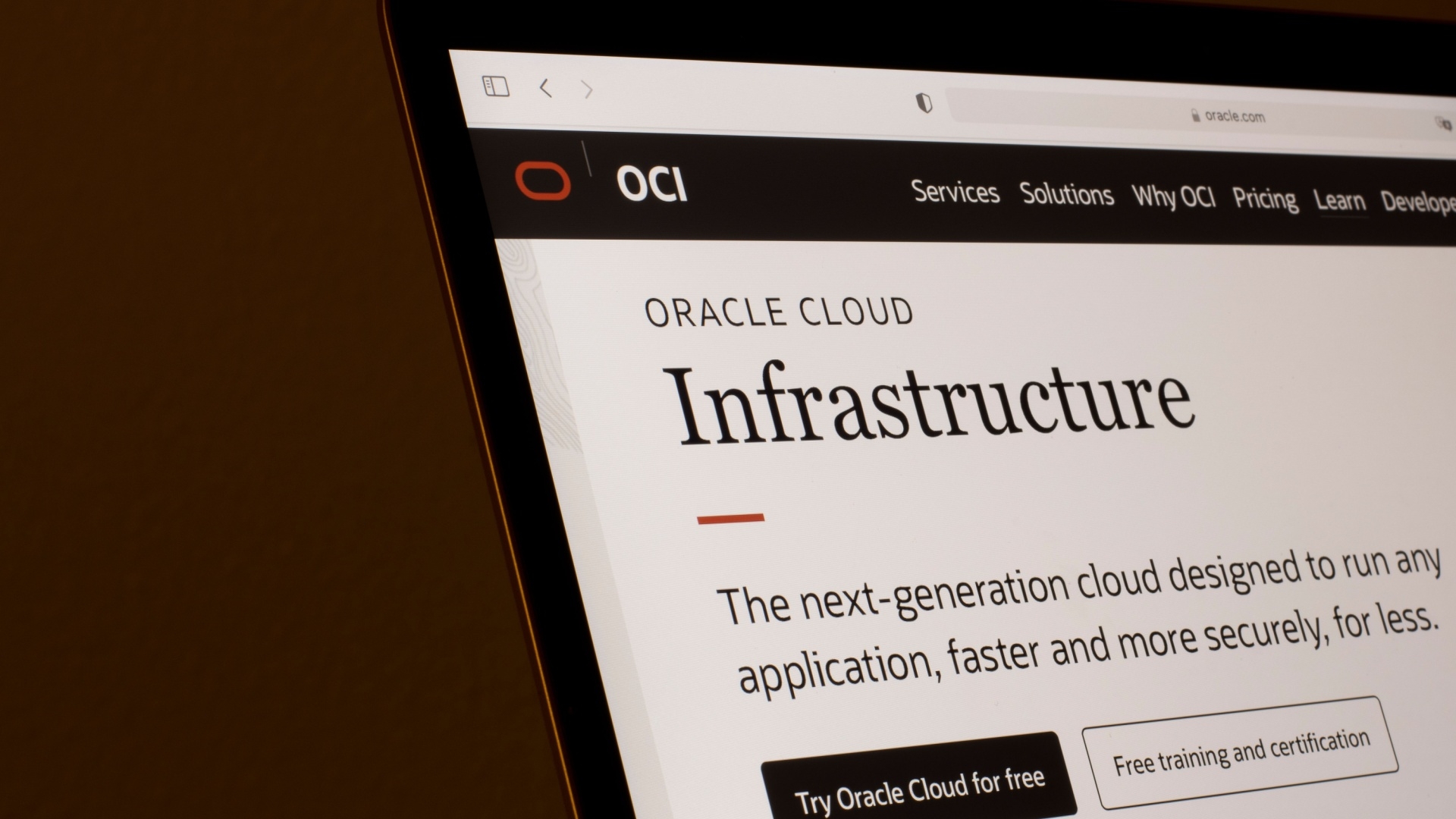Disaster Recovery Solutions: How to Safeguard Your Business from Unplanned Downtime
Businesses today rely heavily on technology, making them vulnerable to unexpected disruptions like cyberattacks, hardware failures, and natural disasters. Such events can lead to significant downtime, financial losses, and reputational damage. Implementing a disaster recovery solution ensures business continuity and data protection. Why Disaster Recovery Matters A disaster recovery solution is a structured approach to restoring critical systems and data after an outage. It minimizes downtime, reduces risks, and ensures business operations remain unaffected. The key is to have a plan that is reliable, efficient, and easy to implement in an emergency. The Cost of Downtime Downtime can be extremely costly, with businesses losing thousands or even millions of dollars per hour depending on their size and industry. According to industry reports, unplanned outages can result in: Loss of productivity and revenue Damage to customer trust and brand reputation Legal and compliance issues due to data breaches Increased recovery costs and operational disruptions Key Elements of an Effective Disaster Recovery Plan 1. Regular Data Backups Frequent backups ensure critical data is protected and easily restorable. Cloud storage offers a secure and scalable solution, reducing dependency on physical infrastructure. Best practices for data backups include: Implementing automated backups to prevent human error. Using the 3-2-1 backup strategy (three copies of data, two different storage types, one offsite copy). Encrypting backup files for enhanced security. 2. Cloud-Based Recovery Solutions Cloud disaster recovery provides remote access to systems and data, enabling businesses to resume operations quickly. It is cost-effective and eliminates the risk of on-premise failures. Key benefits of cloud recovery include: Scalability– Easily expand resources as needed. Accessibility– Employees can work remotely without major disruptions. Lower Costs – No need for heavy investments in physical recovery sites. 3. Disaster Recovery as a Service (DRaaS) DRaaS solutions replicate business data and applications in a secure remote environment, allowing seamless recovery with minimal downtime. This service ensures that businesses can restore their IT systems without maintaining expensive backup hardware. When choosing a DRaaS provider, consider factors such as: Recovery Speed – How quickly can data be restored? Security Measures – Does the provider offer encryption and compliance with industry regulations? Customizability – Can the solution be tailored to your business needs? 4. Business Continuity Planning A solid business continuity plan (BCP) outlines the steps to take during an outage, ensuring all employees are aware of their roles and responsibilities in restoring operations. A well-structured BCP includes: Risk Assessments to identify vulnerabilities. Communication Protocols to ensure stakeholders are informed. Alternative Workflows to maintain productivity in a crisis. 5. Routine Testing and Updates Regularly testing the disaster recovery plan ensures its effectiveness. Conducting simulations and updating recovery strategies helps address vulnerabilities before an actual disaster occurs. Testing methods include: Tabletop exercises – Discussing scenarios with the recovery team. Simulation tests – Running controlled outage scenarios. Full recovery drills – Performing a complete system recovery test. Steps to Implement a Disaster Recovery Plan Assess Risks – Identify potential threats and critical business assets. Define Recovery Objectives – Establish acceptable downtime and data loss limits by setting a Recovery Time Objective (RTO) and Recovery Point Objective (RPO). Choose Reliable Backup Solutions – Opt for cloud-based or hybrid backup options to ensure redundancy. Assign Responsibilities – Ensure key personnel are trained to handle recovery procedures, including IT teams, management, and security professionals. Monitor and Improve – Regularly review and refine the disaster recovery strategy based on testing outcomes and emerging threats. Common Mistakes to Avoid in Disaster Recovery Planning Even with a plan in place, businesses often make costly mistakes that can impact their recovery efforts. Some common pitfalls include: Failing to Test the Plan – Without regular testing, businesses may not realize flaws in their recovery strategy. Ignoring Cybersecurity Threats – Cyberattacks are a leading cause of downtime; businesses must implement security best practices. Overlooking Employee Training – Staff should know their roles in disaster recovery to execute the plan effectively. Relying on a Single Backup Location – Storing all backups in one place increases risk; offsite and cloud backups should be used. Conclusion Unplanned downtime can have severe consequences, but

Businesses today rely heavily on technology, making them vulnerable to unexpected disruptions like cyberattacks, hardware failures, and natural disasters. Such events can lead to significant downtime, financial losses, and reputational damage. Implementing a disaster recovery solution ensures business continuity and data protection.
Why Disaster Recovery Matters
A disaster recovery solution is a structured approach to restoring critical systems and data after an outage. It minimizes downtime, reduces risks, and ensures business operations remain unaffected. The key is to have a plan that is reliable, efficient, and easy to implement in an emergency.
The Cost of Downtime
Downtime can be extremely costly, with businesses losing thousands or even millions of dollars per hour depending on their size and industry. According to industry reports, unplanned outages can result in:
- Loss of productivity and revenue
- Damage to customer trust and brand reputation
- Legal and compliance issues due to data breaches
- Increased recovery costs and operational disruptions
Key Elements of an Effective Disaster Recovery Plan
1. Regular Data Backups
Frequent backups ensure critical data is protected and easily restorable. Cloud storage offers a secure and scalable solution, reducing dependency on physical infrastructure. Best practices for data backups include:
- Implementing automated backups to prevent human error.
- Using the 3-2-1 backup strategy (three copies of data, two different storage types, one offsite copy).
- Encrypting backup files for enhanced security.
2. Cloud-Based Recovery Solutions
Cloud disaster recovery provides remote access to systems and data, enabling businesses to resume operations quickly. It is cost-effective and eliminates the risk of on-premise failures. Key benefits of cloud recovery include:
- Scalability– Easily expand resources as needed.
- Accessibility– Employees can work remotely without major disruptions.
- Lower Costs – No need for heavy investments in physical recovery sites.
3. Disaster Recovery as a Service (DRaaS)
DRaaS solutions replicate business data and applications in a secure remote environment, allowing seamless recovery with minimal downtime. This service ensures that businesses can restore their IT systems without maintaining expensive backup hardware. When choosing a DRaaS provider, consider factors such as:
- Recovery Speed – How quickly can data be restored?
- Security Measures – Does the provider offer encryption and compliance with industry regulations?
- Customizability – Can the solution be tailored to your business needs?
4. Business Continuity Planning
A solid business continuity plan (BCP) outlines the steps to take during an outage, ensuring all employees are aware of their roles and responsibilities in restoring operations. A well-structured BCP includes:
- Risk Assessments to identify vulnerabilities.
- Communication Protocols to ensure stakeholders are informed.
- Alternative Workflows to maintain productivity in a crisis.
5. Routine Testing and Updates
Regularly testing the disaster recovery plan ensures its effectiveness. Conducting simulations and updating recovery strategies helps address vulnerabilities before an actual disaster occurs. Testing methods include:
- Tabletop exercises – Discussing scenarios with the recovery team.
- Simulation tests – Running controlled outage scenarios.
- Full recovery drills – Performing a complete system recovery test.
Steps to Implement a Disaster Recovery Plan
- Assess Risks – Identify potential threats and critical business assets.
- Define Recovery Objectives – Establish acceptable downtime and data loss limits by setting a Recovery Time Objective (RTO) and Recovery Point Objective (RPO).
- Choose Reliable Backup Solutions – Opt for cloud-based or hybrid backup options to ensure redundancy.
- Assign Responsibilities – Ensure key personnel are trained to handle recovery procedures, including IT teams, management, and security professionals.
- Monitor and Improve – Regularly review and refine the disaster recovery strategy based on testing outcomes and emerging threats.
Common Mistakes to Avoid in Disaster Recovery Planning
Even with a plan in place, businesses often make costly mistakes that can impact their recovery efforts. Some common pitfalls include:
- Failing to Test the Plan – Without regular testing, businesses may not realize flaws in their recovery strategy.
- Ignoring Cybersecurity Threats – Cyberattacks are a leading cause of downtime; businesses must implement security best practices.
- Overlooking Employee Training – Staff should know their roles in disaster recovery to execute the plan effectively.
- Relying on a Single Backup Location – Storing all backups in one place increases risk; offsite and cloud backups should be used.
Conclusion
Unplanned downtime can have severe consequences, but a well-implemented disaster recovery solutions ensures business resilience. By adopting cloud-based recovery, regular backups, and proactive planning, businesses can safeguard their operations against potential disruptions and maintain continuity with confidence. Investing in disaster recovery not only protects data but also secures a company’s future in an unpredictable digital landscape. Proactive disaster recovery planning can mean the difference between a minor setback and a catastrophic business failure.






































































![Lowest Prices Ever: Apple Pencil Pro Just $79.99, USB-C Pencil Only $49.99 [Deal]](https://www.iclarified.com/images/news/96863/96863/96863-640.jpg)
![Apple Releases iOS 18.4 RC 2 and iPadOS 18.4 RC 2 to Developers [Download]](https://www.iclarified.com/images/news/96860/96860/96860-640.jpg)















![What Google Messages features are rolling out [March 2025]](https://i0.wp.com/9to5google.com/wp-content/uploads/sites/4/2023/12/google-messages-name-cover.png?resize=1200%2C628&quality=82&strip=all&ssl=1)






































![Chip Glitching 101 with [Hash]](https://hackaday.com/wp-content/uploads/2025/03/glitching.jpeg?#)





























































































































![[The AI Show Episode 141]: Road to AGI (and Beyond) #1 — The AI Timeline is Accelerating](https://www.marketingaiinstitute.com/hubfs/ep%20141.1.png)
![[The AI Show Episode 140]: New AGI Warnings, OpenAI Suggests Government Policy, Sam Altman Teases Creative Writing Model, Claude Web Search & Apple’s AI Woes](https://www.marketingaiinstitute.com/hubfs/ep%20140%20cover.png)
![[The AI Show Episode 139]: The Government Knows AGI Is Coming, Superintelligence Strategy, OpenAI’s $20,000 Per Month Agents & Top 100 Gen AI Apps](https://www.marketingaiinstitute.com/hubfs/ep%20139%20cover-2.png)




























































































































![From broke musician to working dev. How college drop-out Ryan Furrer taught himself to code [Podcast #166]](https://cdn.hashnode.com/res/hashnode/image/upload/v1743189826063/2080cde4-6fc0-46fb-b98d-b3d59841e8c4.png?#)



![[FREE EBOOKS] The Ultimate Linux Shell Scripting Guide, Artificial Intelligence for Cybersecurity & Four More Best Selling Titles](https://www.javacodegeeks.com/wp-content/uploads/2012/12/jcg-logo.jpg)



































.png?#)



















































